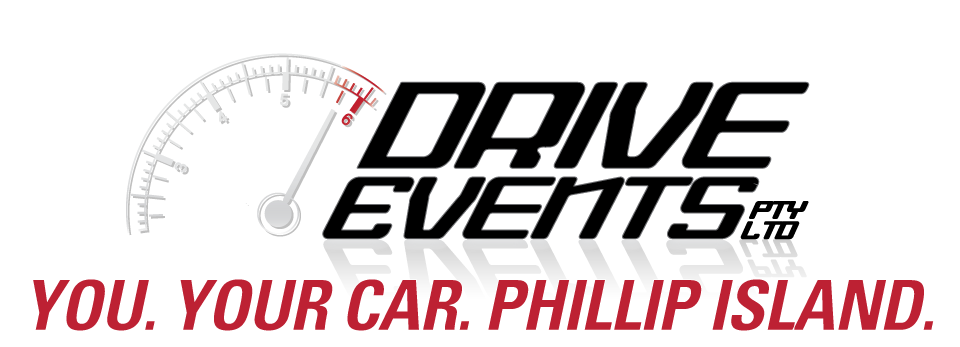| When the yellow flag is displayed, it means you should take caution in the next section you are coming to. The yellow flag generally indicates that there is either an incident or debris on the circuit. If the flag is held stationary it usually indicates the situation is either off the side of the track and / or is one or two corners away. If the flag is waved, it indicates that the incident is either on the track and / or it is in the very next corner you are coming to. The procedure when you see a yellow flag is to slow down to a speed that allows you to avoid any possible situation that may be presented to you. THERE IS NO OVERTAKING UNDER A YELLOW FLAG. Please do not jam on the brakes and cause problems for the drivers behind you, simply lift off the accelerator and look for the incident. Once clear of the incident, you may continue driving normally, unless there is another flag displayed at the next flag point. | |
| At all Drive Events Pty Ltd Phillip Island Drive Days we use the red flag in two different ways;1) Waved red flag If there is a serious situation around the circuit and it is deemed unsafe to continue, the red flag will be waved at all flag points. This indicates the end of the session. DO NOT CIRCULATE UNDER A RED FLAG. This does not mean to stop where you are on the track, but simply to pull into the pits through the pit entry either between turns #11 & #12, or at the pit entry directly off turn #4, whichever comes first after you see the red flag.2) Rolled and pointed red flag If we need to speak to a driver during a session, that driver will have a red flag half rolled up and pointed at them as they go past the start / finish marshalling point. This means they should continue to the turn #4 escape road, then proceed back to start / finish for further instruction. If this is displayed to you it simply means we need to speak to you. It may not mean you are necessarily in trouble, it may be a safety issue that we are aware of and you are not, either way, you must pull into the pits and report directly to Course Control (for those familiar with race marshalling procedures, this process is similar to receiving a black flag). |
|
| Blue flag – Used when a slower driver has not seen a faster driver in their mirrors; it is an indication that someone faster is trying to overtake. | |
| The chequered flag indicates the end of the session. To maximise each drivers track time, we present the chequered flag at the start / finish line. Once receiving the chequered flag, you will receive a stationary yellow flag at turn #2 and a red flag in turn #4. You must then pull immediately into the pits via the pit entry at turn #4. This allows us to drain the track much quicker and effectively gives you longer sessions.. |
If you have any questions about the usage of flags at Phillip Island Drive Days, email us at info@driveevents.com.au or speak to one of our friendly telephone staff on 1300 178 807. Make sure you’re also aware of the Phillip Island Drive Day Policies.
